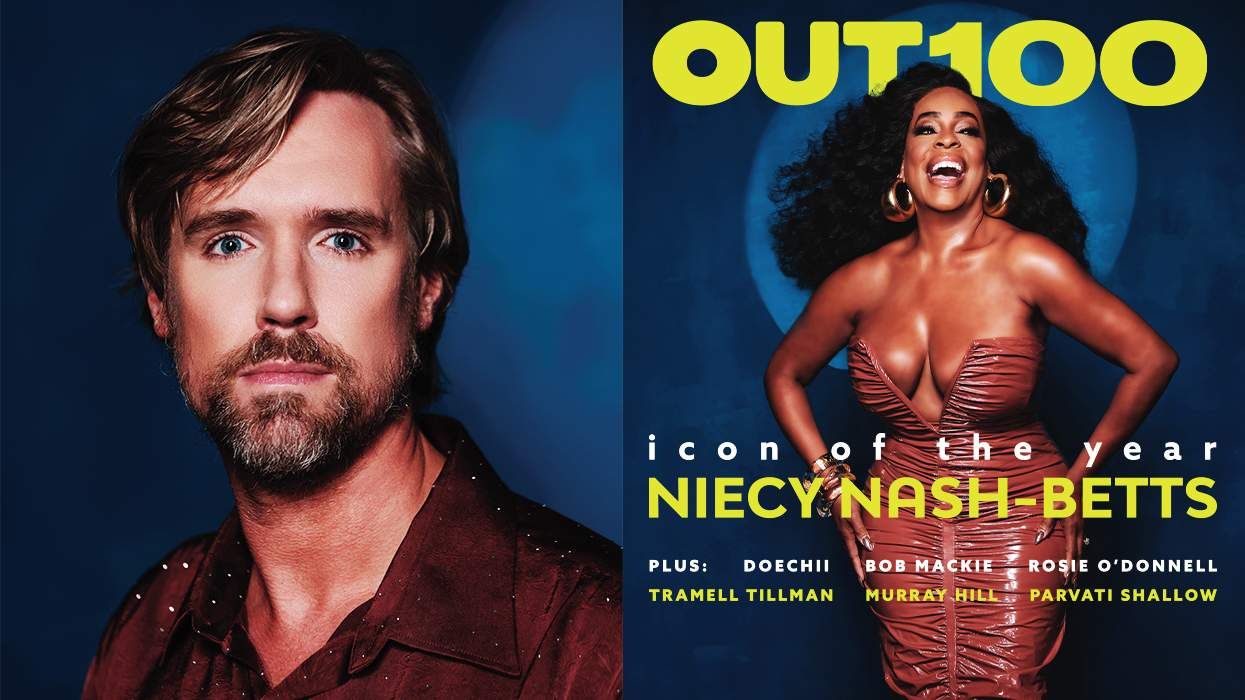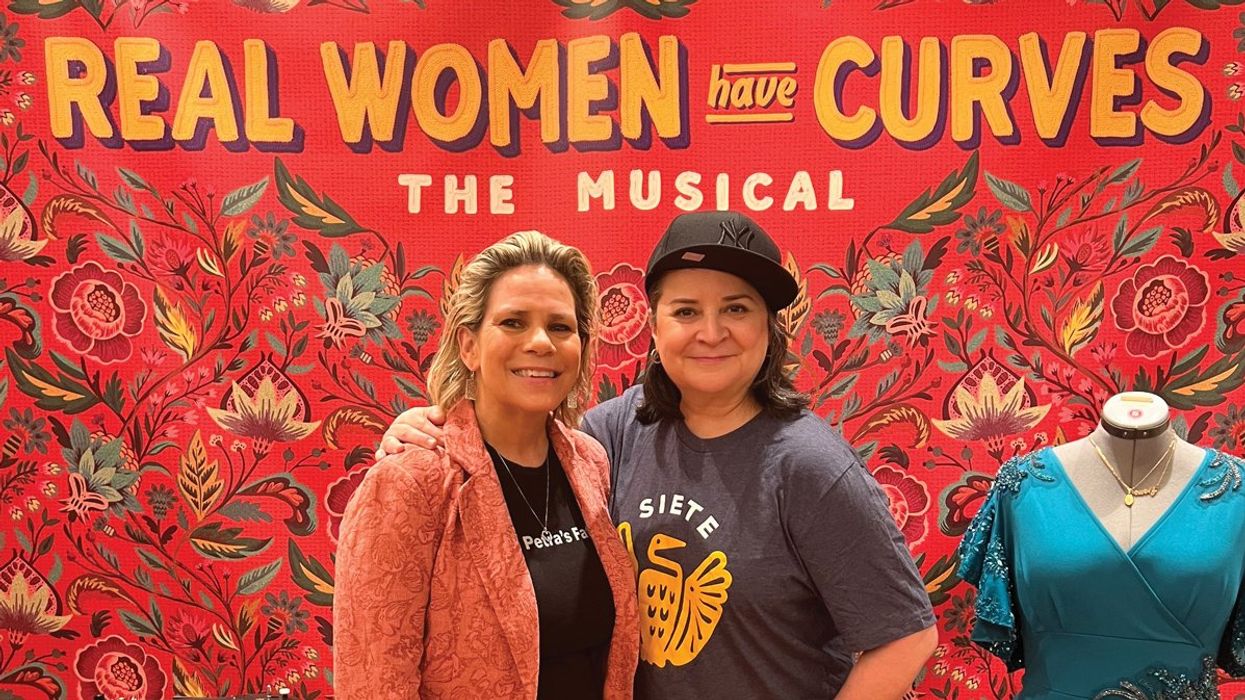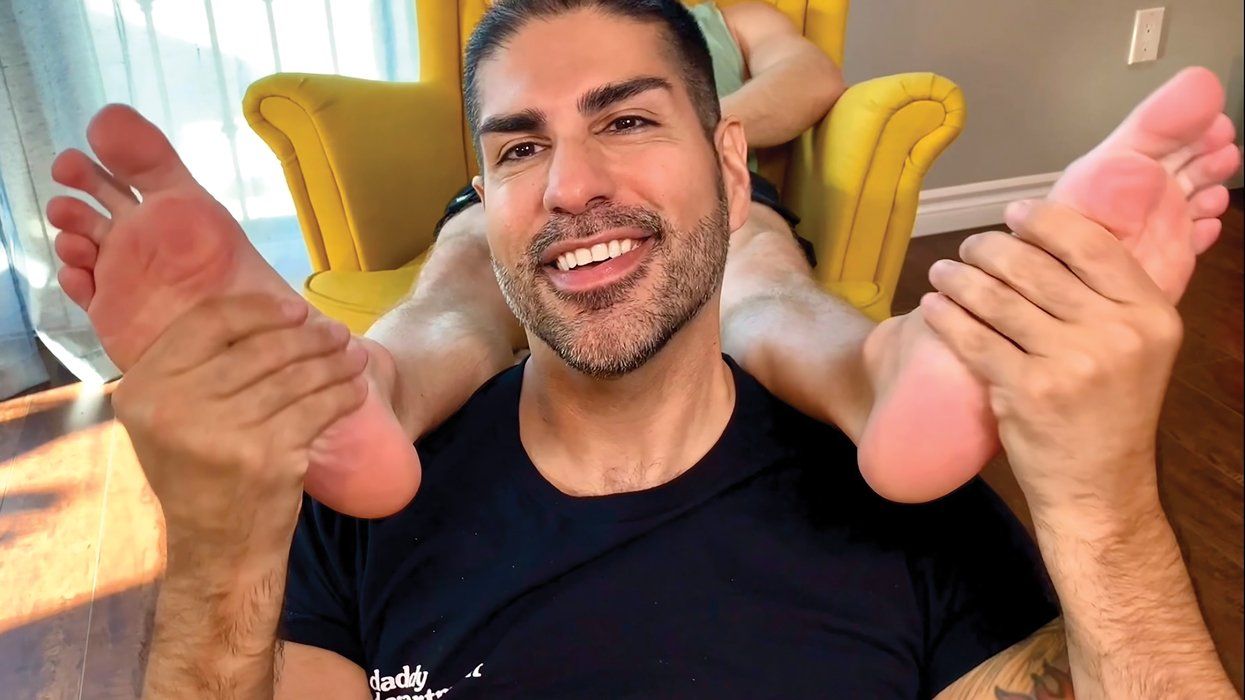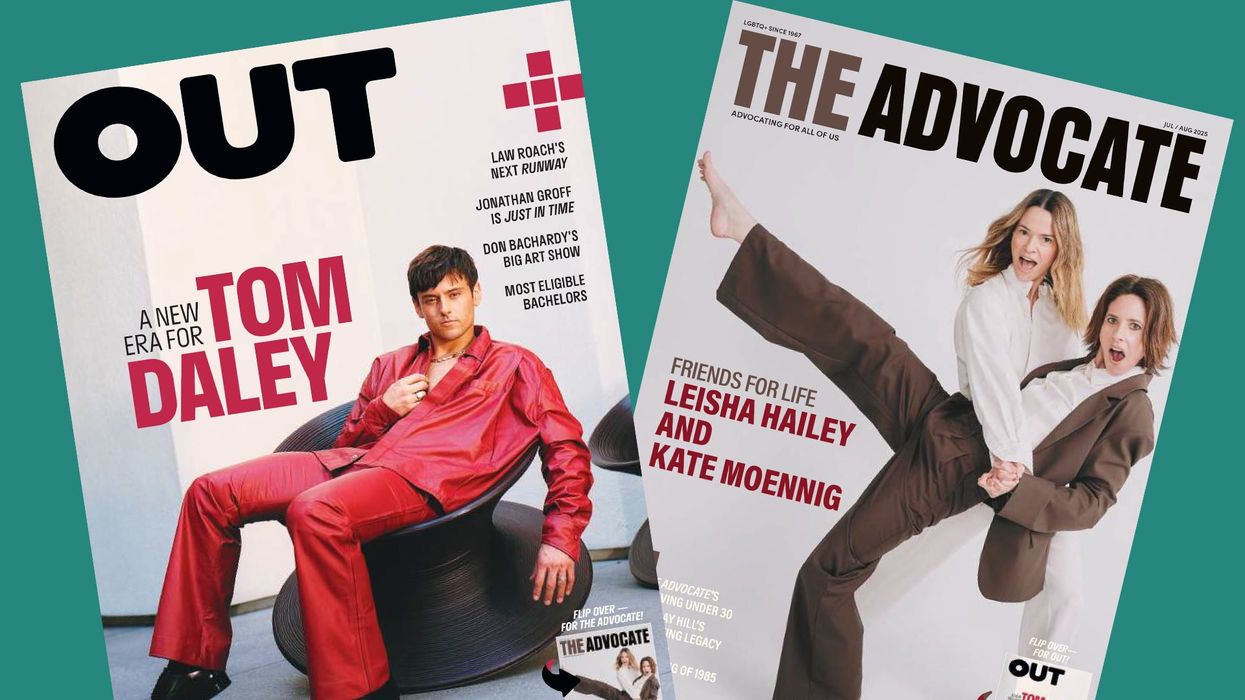When Carlos Munez came out to his wife as a trans man, the future of their family was his biggest concern.
“At the start of my medical transition, I made the decision to not keep my eggs,” he says. The couple have been together since they were teenagers; now both 31, they’ve had two children using donor sperm and hope to have more in the future.
For Munez and his wife, who live in Cheshire in northwest England, gaps in National Health Service policies for transgender patients led to delays and the need for additional petitioning. The couple estimates they’ve spent around £50,000 to conceive their two children, debt they’re still paying off since starting their journey over five years ago.
“For some transgender people, keeping a job can be challenging,” says Munez. “You need a stable job to commit to the relentless process of making a baby.”

Parenthood is one of a number of life events in which queer people face more challenging financial circumstances. From the decisions we make in adolescence and adulthood to gaps in public policy, these micro-prejudices collectively limit our wealth potential and quality of life. Let’s call it what it is: the queer tax.
Personal finance has a purity culture problem that often “others” us, both unintentionally and otherwise. There’s a disconnect between what we’re told should be our goals — big house, white picket fence — and what queer people actually experience. This chronic othering makes us shy away from the nuts and bolts of money management, which takes a toll on our psyche and leaves us broke: LGBTQ+ people earn less, have lower financial literacy, and grapple with higher poverty rates.
The queer tax is real. For some, it manifests as academic disruption, abandoning one’s education and earning potential to escape both online and offline bullying. For others, the financial shortfall surfaces through workplace discrimination, the cost of relocating to find acceptance, or estate oversight in times of grief.
Measuring the queer tax can be a challenge. It’s subtle and nuanced at times. Before we can make meaningful progress, we must first be able to clearly define our situations.
The research driving LGBTQ+ equity
Quality research is what drives policy decisions, media narratives, and overall consumer sentiment. By replacing mainstream bias with verifiable research, decisions can be made that protect and support LGBTQ+ people. But federally funded research efforts like the U.S. Census lag in representation.
Two of the Census’s main surveys, the American Community Survey and Current Population Survey, have been tracking whether households are same-sex or opposite-sex couples for about 30 years. “That’s valuable, but it leaves out more than 80 percent of LGBT adults who aren’t in same-sex couple households because they’re not married or cohabitating,” says Kerith J. Conron, research director at the Williams Institute, a leading research center focused on sexual orientation and gender identity.
A separate Census survey, the Household Pulse Survey, introduced sexual orientation and gender identity questions as “experimental” in July of 2021; in that first round of data, 8 percent of respondents identified as LGBT. The Census Bureau asked the Biden administration last September for approval to incorporate sexual orientation and gender identity questions into the ACS, saying agencies want the data in order to better enforce civil and equal employment rights. But inclusion in the ACS would mean more than that. It would be transformative for queer people.
You know her, right? The Census Bureau? She’s really good. Census surveys give us information on everything from commute time to internet usage to household composition. And the Census Bureau does all types of surveys, not just that decennial one you learned about in junior high. Being able to specify the queer experience in these various facets of life would provide the data-driven foundation that supports future activism, media coverage, and policy change.
How we pay the queer tax
Until then, we keep paying the queer tax, which starts early in life. It starts with higher education: In one Williams Institute analysis, LGBTQ+ people were four times more likely than non-LGBTQ+ people to choose a four-year college away from home to seek out a more welcoming environment, a decision that often leads to higher student loan balances. Queer people are also more likely to experience academic disruption as a result of offline or online bullying. College gets a bad rap these days, but higher education is still one of the best moneymaking tools we have: Men with a bachelor’s degree earn an extra $900,000 in their lifetime and women an extra $630,000, according to the Social Security Administration.
Then you have work discrimination, which creates another queer tax. There’s the illegal stuff, obviously: Being fired or held back at work for being gay, or being in a hostile environment, for example. But a queer wage gap also exists: LGBTQ+ people earn 90 cents on the dollar compared to their heterosexual counterparts, according to research from the Human Rights Campaign.
As mentioned, if you’re planning to start a family, there’s a big ol’ queer tax there too. More LGBTQ+ people want to have children — 14 percent in 2023, up from 4 percent in 2019 — but doing so means navigating the financial challenges of donors and/or surrogacy. It ain’t cheap. One expert I spoke to last year said gay male couples in the U.S. should expect a six-figure bill by the time their surrogacy journey is complete.
When queer people and people of color do come into wealth, they’re statistically more likely to share it with their communities, says a new series of studies from Ipsos in partnership with Merrill Lynch Wealth Management. The research was on wealthy diverse populations — defined as people who have $100,000 or more in investable assets — and reveals a different kind of queer tax, a chosen one in which LGBTQ+ people give back to their communities in lieu of having children.
“I think there’s a larger percentage of this population that doesn’t have another generation to transfer wealth to,” says Shelley Saraniti, managing director at Merrill and a founder of Bank of America’s LGBTQ+ executive leadership council. “They’re really looking at their philanthropic options and end-of-life planning points. Supporting the community lets them leave a legacy.” About 20 percent of all wealth is transferred intergenerationally, but disinheritance from unaccepting families is unfortunately common.
Queer people have a higher desire for mobility, either because of interest in travel or feeling like they need to move for their own safety in the face of state-level anti-LGBTQ+ legislation. This sometimes means relocating to urban areas, which have a higher cost of living. “Financial freedom for this community is more important now than it has ever been,” says Saraniti. “This population wants to be able to live safely, have mobility, and live the way they want to live.”
And then there’s all the actual money management stuff. We inflict the queer tax upon ourselves when we don’t leverage financial tools that are available to us. Only 36 percent of queer Americans have a retirement account, and just 13 percent have an investment account, compared to 51 and 56 percent respectively for nonqueer people, according to The Motley Fool’s LGBTQ Money Study.
Lastly, the queer tax follows us to and through death. On the estate planning side, queer people have to be more diligent with their assets to avoid catastrophic outcomes or probate court, but only one in five even have a will.
Overcoming the Queer Tax
One of the ways we can overcome the queer tax is by developing financial literacy. This is low-hanging fruit; by motivating and inspiring queer people to learn about personal finance through an LGBTQ+ lens, we can help ourselves and our communities cultivate a better quality of life. Find online blogs and resources that interest you, avoid speculative investments, and set up automatic bank account transfers to make saving money easier.
Also account for certain potential annual expenses like taxes. We’re currently in tax season, and in this season, no one can give you immunity — not even RuPaul. Take the time to learn how much you should earmark from your paycheck or earnings so there aren’t any surprises. Not putting aside anything from gig money, which queer people are more likely to have, is a common culprit.
Teams of researchers and activists are hard at work to help us close the queer equity gap, and it’s going to take some time. In the interim, there are things we can do to help ourselves and our loved ones have a brighter future. Empower yourself to be solutions-focused with your money, and you’ll be better equipped to fund your fabulous life.
A self-described “editorial mutt,” Nick Wolny is a journalist and consultant. He writes about money, business, LGBTQ+ life, and how they intertwine, and has previously contributed to Fast Company, Business Insider, and Entrepreneur. Join his newsletter at nickwolny.com.
This story is part of Out's March/April issue, which hits newsstands on April 2. Support queer media and subscribe — or download the issue through Apple News, Zinio, Nook, or PressReader starting March 18.





























